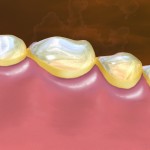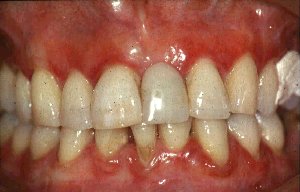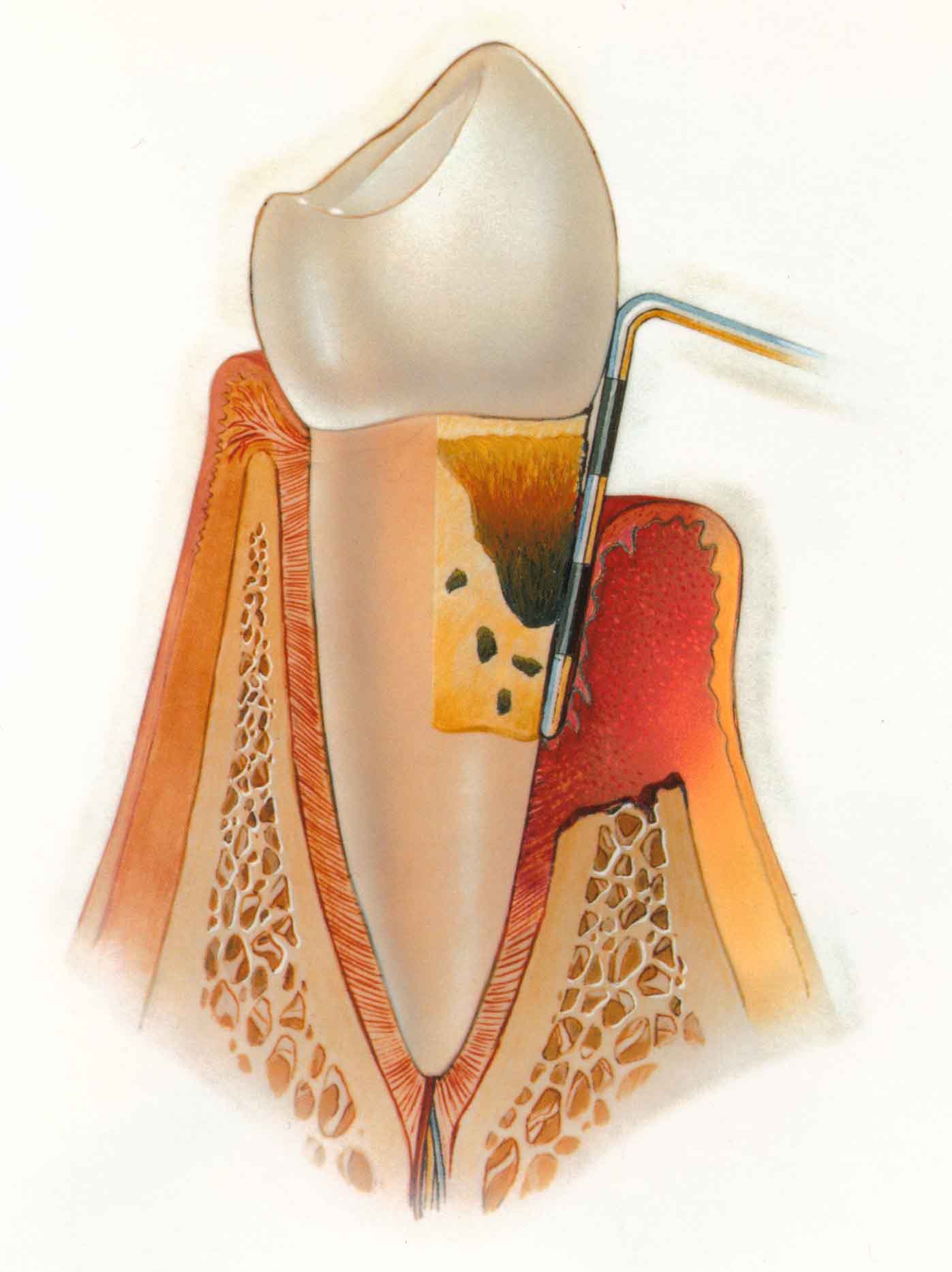
Picture 1: healthy gingiva which is pink, firm, and have knife edges at the neck of the teeth, with mild plaque accumulation
Gingivitis is more commonly known as the inflammation of the gums. The gums are also clinically known as gingiva, hence the term gingivitis. Generally, healthy gums are pink in colour, firm, and do not bleed while brushing. However, it is almost impossible to maintain perfectly healthy gums as gingivitis it is caused by plaque (a thin biofilm of bacteria) that is adhering to our teeth. Plaque can be removed through brushing, but, they are formed again once the brushing stops.  Usually, there is no need to worry about our gum’s health as long as a good brushing regimen is maintained (which is twice daily), however, it does have the potential to evolve into something more destructive, which is known as periodontitis. Continue reading



